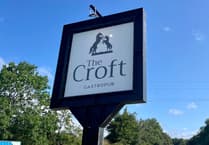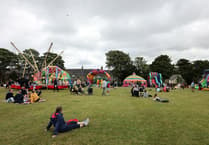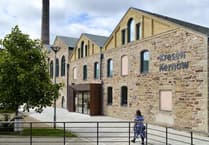The community has had its say on plans to help reduce the impact of vehicles on St Ives and encourage walking, cycling as well as the use of public transport.
The findings of the public engagement showed there is support for reprioritising junction layout and reducing overall traffic flows.
There were suggestions of expanding the park and ride for visitor parking, which is beyond the scope of the St Ives town deal but could be considered by Cornwall Council or other stakeholders as a future scheme.
There was a general call for better enforcement of permit parking and parking on double yellow lines.
There were suggestions that live parking signs should be implemented to show remaining parking spaces within the town.
However, while there was overall support for the aims of the strategy, there were different views on how this should be achieved.
There were 51 objections raised regarding both the rising bollards and associated traffic restrictions for access to properties and businesses as well as regarding emergency services access.
Fifteen individual comments had concerns around routing traffic through Halestown with regards to lack of footways and safety.
There were 18 comments concerning access for locals to Downalong.
There were 10 objections to the parking restrictions on Barnoon.
There is also objection to the implementing of one-way systems, making the town difficult to access.
A spokesperson for the St Ives Low Carbon Transport Strategy said: “As a result of the concerns over the suggestion to introduce measures such as rising bollards and barriers to restrict access to the town centre as part of the plans to create the Low Traffic Environment, the project team are looking into the use of alternative methods to discourage people without legitimate reasons from driving into the town centre during these periods.
“As plans to improve the junctions at the Terrace, Stennack and Higher Stennack, and Malakoff, received a largely positive response from the majority of respondents, work is continuing to develop these schemes.
“The project team have also been listening to the concerns raised by people living in areas outside the town, such as Halsetown.”





Comments
This article has no comments yet. Be the first to leave a comment.